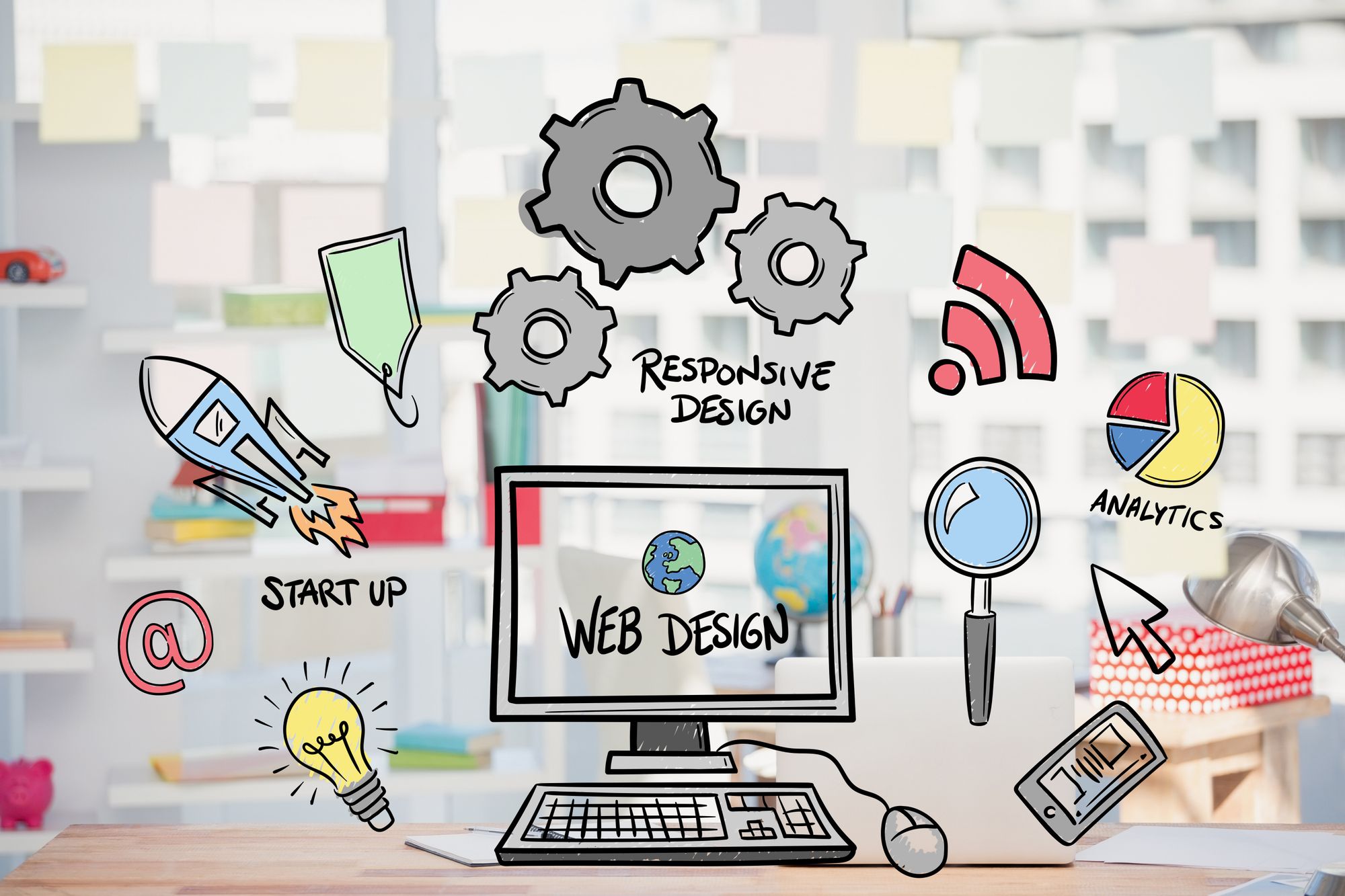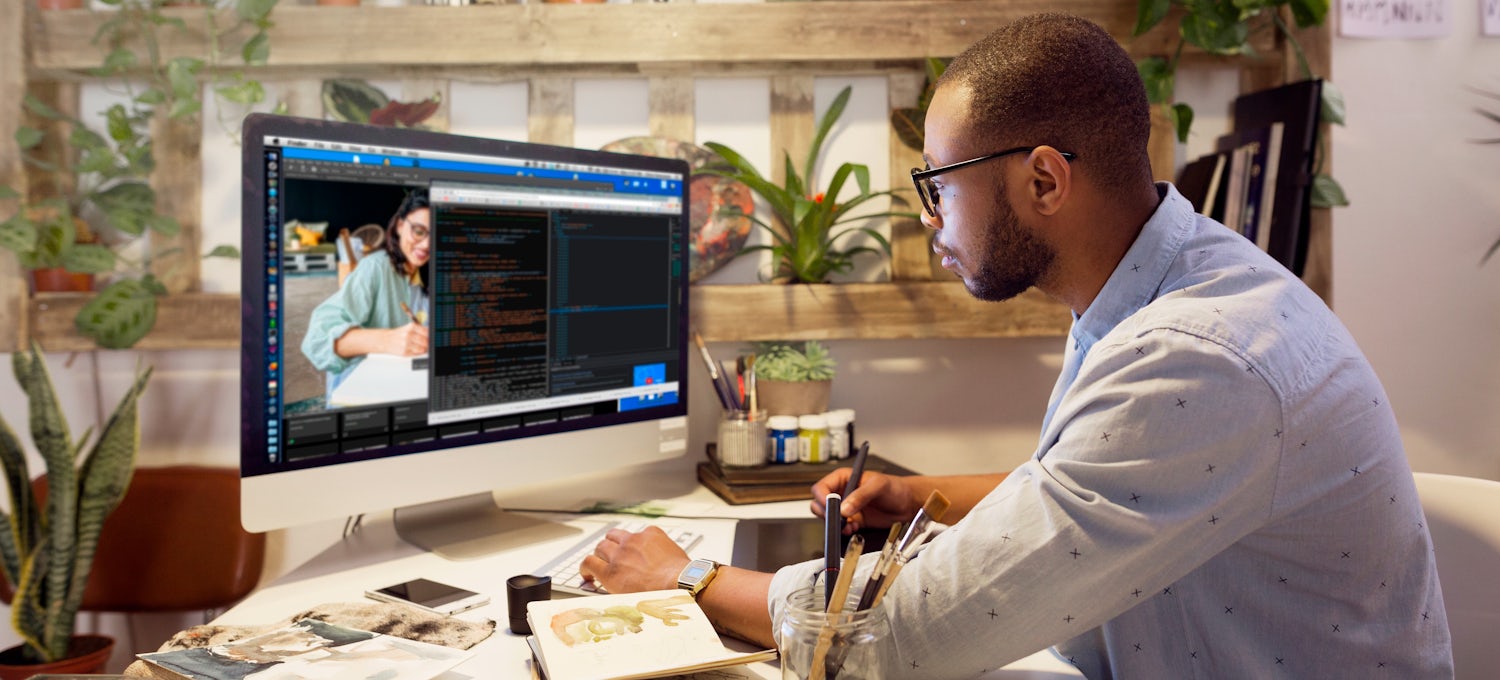Las Vegas SEO Firm Offering Effective Strategies for Digital Success
Las Vegas SEO Firm Offering Effective Strategies for Digital Success
Blog Article
Innovative Website Design Solutions for Modern and Engaging Sites
In the world of internet layout, the quest of contemporary and engaging options has actually ended up being increasingly important for businesses intending to record customer interest. By integrating bold color schemes, interactive elements, and receptive formats, designers can create experiences that not just reverberate with individuals but additionally boost brand name identity.
Embracing Bold Shade Plans
In website design, the calculated use of bold shade schemes can significantly boost individual engagement and brand name identity. By using lively hues, developers can produce aesthetically striking sites that capture focus and foster a remarkable experience. A well-chosen shade combination not only shows a company's worths yet likewise evokes certain emotions that can affect user habits.
Bold shades can be employed to assist users' attention to crucial elements such as contact us to action, boosting conversion rates. For circumstances, using contrasting colors for switches and links can make these aspects attract attention, triggering customers to communicate quicker. Moreover, a natural color design throughout the internet site reinforces brand name acknowledgment, creating a sense of experience and depend on amongst visitors.
Nevertheless, it is critical to balance bold colors with appropriate white room to stay clear of overwhelming users. Effective use of typography likewise matches strong colors, making certain readability while maintaining visual appeal. Ultimately, embracing bold color pattern in web design not only raises aesthetic quality yet also plays an essential function in accomplishing tactical company goals, making it a vital consideration for modern-day internet development.

Utilizing Interactive Components
Interactive elements are important in modern website design, as they considerably improve individual engagement and produce an extra vibrant searching experience. By including attributes such as animations, hover impacts, and clickable elements, internet sites can motivate users to explore web content more extensively and return for future brows through.

Micro-interactions, such as subtle animations when a switch is clicked or a form is sent, can likewise improve the user experience by supplying immediate responses. These little information can make the web site really feel more receptive and active, promoting a feeling of connection in between users and the website.
In addition, gamification aspects, such as benefits for completing specific activities, can encourage individuals to engage with the content much more deeply. By thoughtfully incorporating these interactive elements, web developers can produce an unforgettable and appealing on the internet experience that reverberates with customers and encourages them to return.
Implementing Receptive Design
Applying responsive design is essential in today's multi-device landscape, guaranteeing that web sites supply an optimum watching experience throughout numerous screen sizes. As customers progressively access the internet with smartphones, tablets, and desktop computers, a one-size-fits-all approach is no much longer feasible. Receptive style enables seamless navigating and interaction, adapting format and web content to fit the gadget being used.
Key concepts of responsive style consist of liquid grids, flexible images, and media inquiries. Liquid grids use relative systems, such as percentages, instead of repaired pixels, making it possible for aspects to resize proportionately. Versatile images range within their including elements, protecting against overflow and keeping visual stability. Media questions help with the application of different designs based upon the tool's qualities, such as size, elevation, or resolution, permitting designers to tailor the customer experience successfully.
In addition, receptive style boosts search engine optimization efficiency, as online search engine prefer mobile-friendly websites. By implementing receptive layout, companies not only boost individual complete satisfaction and involvement however also increase their reach in an affordable digital landscape. As modern technology remains to develop, adopting receptive design has actually ended up being a fundamental technique for any modern-day and appealing internet site.
Integrating Multimedia Web Content
Multimedia material plays a vital function in creating appealing and dynamic web experiences that record individuals' focus and improve understanding. By incorporating text, pictures, audio, and video, internet sites can provide a richer story that charms to numerous learning designs and choices. This integration not just bolsters individual involvement but likewise help in conveying complicated ideas succinctly.
Including top quality images and infographics can separate textual web content, making it extra absorbable. Similarly, video tutorials and discussions can supply in-depth insights that fixed web content may not completely interact. Audio components, such as podcasts or history songs, can also enhance the environment of an internet site, developing a more immersive experience.
Furthermore, the tactical usage of multimedia can enhance search engine optimization performance, as internet search engine favor varied material kinds, boosting exposure. It is critical to make certain that multimedia elements do not impede page load times, as this can lead to user aggravation. By balancing multimedia integration with efficiency factors to consider, web designers can click over here now develop aesthetically attractive and practical sites that resonate with customers, cultivating a deeper connection and motivating return brows through.
Focusing On Individual Experience

To achieve an optimal user experience, developers have to concentrate on a number of essential principles. Clear calls to activity, legible typography, and arranged content guide customers, lowering cognitive tons.
Inevitably, prioritizing UX not only boosts individual contentment however additionally drives interaction and conversion prices, making it a crucial component of modern internet layout techniques. By positioning users at the facility of layout efforts, web sites can create long lasting, favorable impressions that motivate return brows through.
Conclusion
In verdict, modern web our website style remedies that emphasize strong color pattern, interactive aspects, receptive layout, and multimedia web content substantially boost Discover More Here customer engagement and fulfillment. Focusing on customer experience via clear formats and continuous feedback additionally adds to boosted conversion prices. By adopting these techniques, sites can successfully astound site visitors and enhance brand name identification, ultimately leading to a more dynamic and engaging on the internet existence. The combination of these style principles is necessary for attaining contemporary website design goals.
Report this page